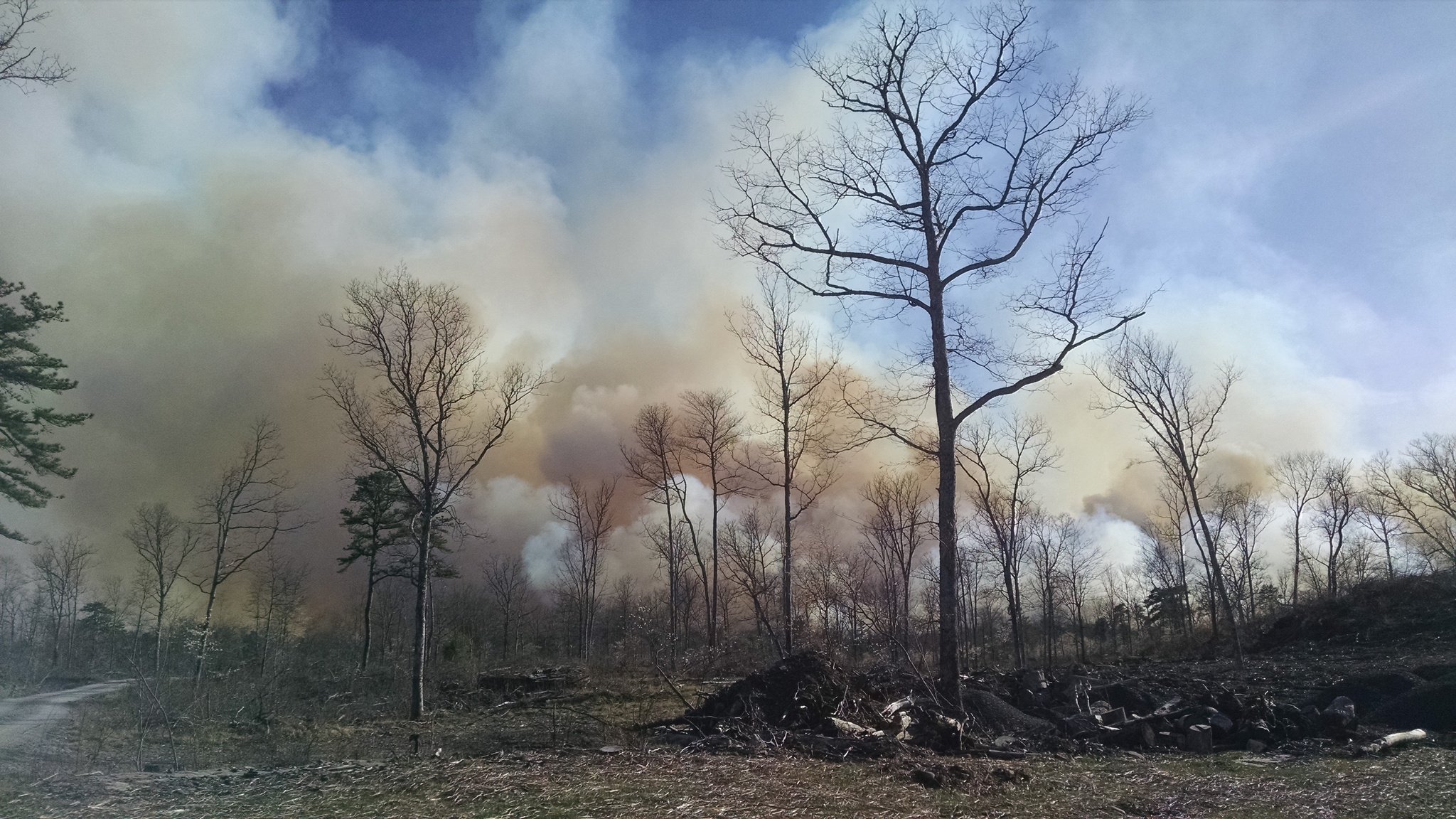Summer usually heralds the end of school year and the beginning of the seaon when people take long vacations. For Iran, however, it brings the specter of chronic wildfires that devour a portion of the country's forests.
In a report carried by Mehr News Agency, summer is described as "the season when animals burn", a graphic yet accurate description.
However, there is good news: There has been a visible decline in both the frequency of wildfires and the area they burn, according to Ali Teymouri, director of the Conservation, Hunting and Fishing Office at the Department of Environment. Teymouri said measures taken since the fiscal 2014-15 have helped reduce the incidence of forest fires and prevent their spreading.
"In 2014-15, around 6,700 hectares of protected areas under DOE's management were burnt, but the figure dropped by 70% in 2016-17 to 2,200 hectares," he said.
It should be noted that the figures above are only limited to areas managed by the department. A vast majority of Iranian woodlands are managed by the Forests, Range and Watershed Management Organization.
Khodakaram Jalali, the head of FRWO and a deputy agriculture minister, said 32 helicopters designed to combat wildifres will be inducted nationwide in the current Iranian year (started March 21), with every province receiving at least one aircraft.
Environment and forest authorities have so far relied on choppers belonging to the Armed Forces, Crisis Management Organization and the Iranian Red Crescent Society to put out forest fires.
However, these helicopters are not designed for firefighting and as such are not as efficient as helitankers. Common firefighting helicopters are equipped with features such as tanks, foam cannons and snorkels for filling from natural or manmade water resources.
"The problem with battling fires in forests is that many areas are inaccessible. On average, forest fires inflict losses worth about 3.2 trillion rials ($85.3 million)," he said.
Current Plans
To continue reducing the threat of wildfires, DOE has a number of measures planned for areas under its protection this year.
"We've set up an emergency response headquarters at our office and every province has been instructed to form emergency response teams," Teymouri said, adding that a guidebook on how to combat wildfires has been prepared and sent to provincial DOE offices.
He said four drills will be held this year, in which firefighting units from 16 provinces will participate.
"We're also making arrangements to use the assistance of NGOs in taming fires," he said.
Lack of equipment has long been regarded as one of the main obstacles to combating wildfires efficiently, but Teymouri says that may not be an issue any more.
"We've signed agreements with the Management and Planning Organization of Iran, Defense Ministry and Kowsar Bank to equip our teams with whatever they need," he said.
Since last year, DOE has been working with the MPOI on a "comprehensive management plan" that outlines vulnerable regions and how to combat fires in each area.
About 95% of all wildfires are caused by humans, 85% of which are accidental.
"Our main goal with the plan is to prevent the outbreak of fires by educating local communities," Teymouri said.


